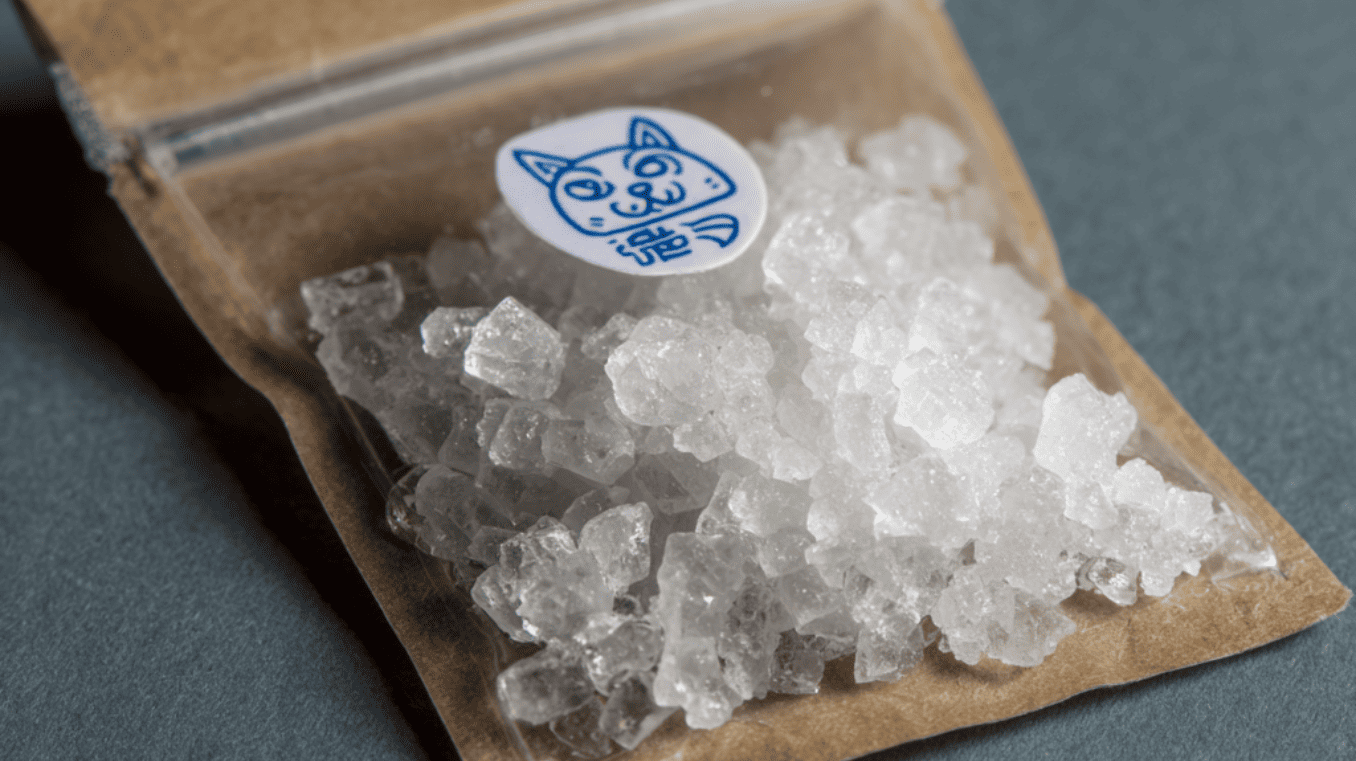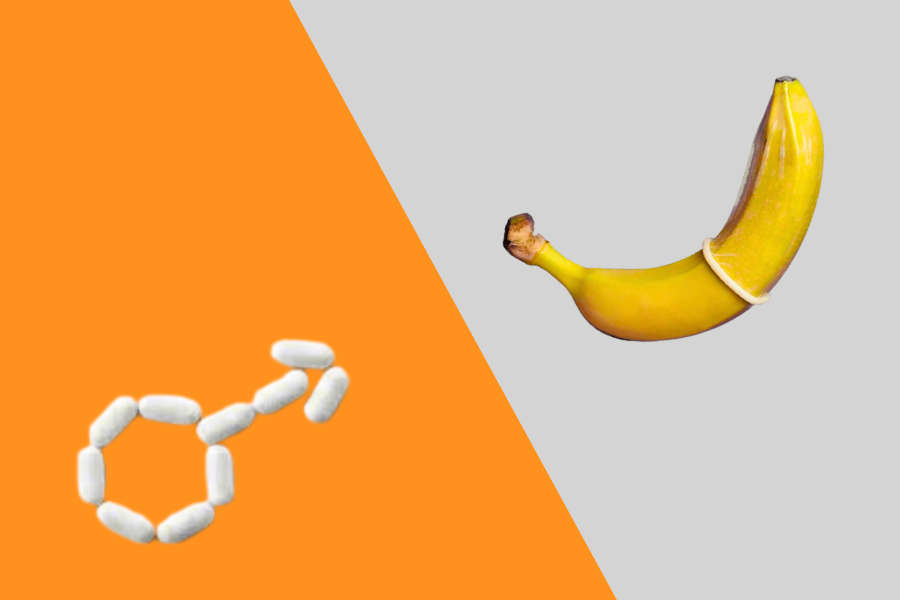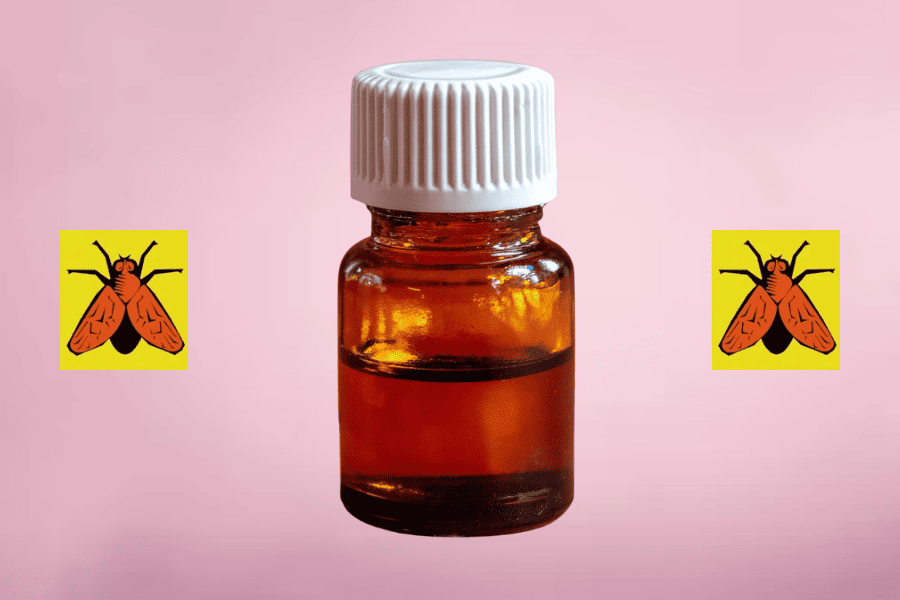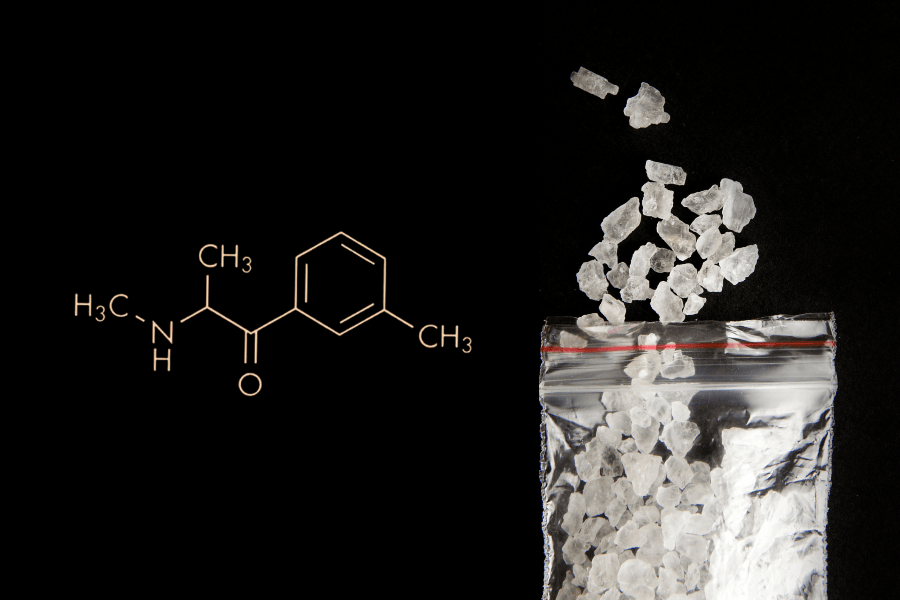What type of drug is Meow?
- Funcaps
- Blogs about cathinonen
- 27 Jun 2025
- 8views
- Reading time: 3 minutes

Meow is a research chemical, also known as 3-MMC, miaow miaow, or 3M. The substance falls under the category of synthetic cathinones, which are known for their energetic effects. Meow therefore has very similar effects to illegal substances like MDMA and cocaine. There is little research available that concretely answers questions like what Meow is and what it does. Nevertheless, in this article we try to share our knowledge about this interesting research chemical with you.
What is Meow?
Meow is the street name for the popular research chemical 3-MMC. Meow is a designer drug that belongs to synthetic cathinones, known for their stimulating effects. 3-MMC is the successor to 4-MMC, which was classified under the Opium Act in 2012 and therefore banned. Since October 2021, Meow has also been banned in the Netherlands. The research chemical was initially placed on the 2nd Opium list, meaning it was classified as a soft drug. However, due to a revision of the law in 2024, 3-MMC changed lists and is now considered a hard drug under Opium list 1. As a result, it is forbidden to buy, sell or possess Meow.
What do Meow drugs do?
Meow falls under a group of stimulating research substances. This means that someone who used 3-MMC could expect the following effects:
- Alertness
- Euphoria
- Social connectedness
- Increased self-confidence
- Increased libido
- More energy
- Feelings of freedom
Risks of 3-MMC
Besides positive experiences, using Meow also posed risks, which led the Dutch government to place the research chemical on the Opium lists. These were mainly short-term risks, such as an intense comedown, as there was little information available about the long-term effects of designer drugs. However, the short-term risks often included:
- Anxiety
- Paranoia
- Intense craving
- Dry mouth
- Restlessness
- Dilated pupils
- Muscle tension
- Headache
- Nausea
- High body temperature
- Heart palpitations
- High blood pressure
- High heart rate
- Fatigue
- Depression
- Panic attacks
- Psychosis
Risks such as heart attacks and strokes could occur later on. There was also a high risk of addiction, as the urge to take more was constantly present.

Difference between Meow and Meow Meow
Meow is the successor to 4-MMC. 4-MMC is a research chemical also known as Meow Meow or mephedrone. Although the effects of Meow and Meow Meow are similar, there are subtle differences between the two research chemicals. Meow Meow drugs work faster but also wear off more quickly. Additionally, the effects of 4-MMC are described as more cheerful than those of 3-MMC, because Meow Meow releases more serotonin, making you feel more euphoric.
How research into 3-MMC is conducted
Meow was mainly sold as a crystal-like white powder. The research chemical could also be bought in capsule or pill form. The Meow crystals could be snorted. The capsules and pellets were studied orally. The duration of 3-MMC's effects therefore depended on the method of administration. If you studied Meow nasally, the effects lasted between 2 to 4 hours. For oral administration, the total duration of action was 4 to 6 hours. The dosage also depended on the method of intake. If you ingested 3-MMC, a dose of 75–250 milligrams could be used. When nasally researched, a dose of 25–75 milligrams could be taken.
Alternatives to Meow
When Miauw became illegal, you could investigate the effects of this research chemical by studying other synthetic cathinones, such as 2-MMC or 3-CEC. On 1 July 2025, another amendment was made to the Opium Act. This amendment placed the entire group of synthetic cathinones on the Opium List, making all substances within this class illegal. It is therefore no longer possible to buy cathinones.











